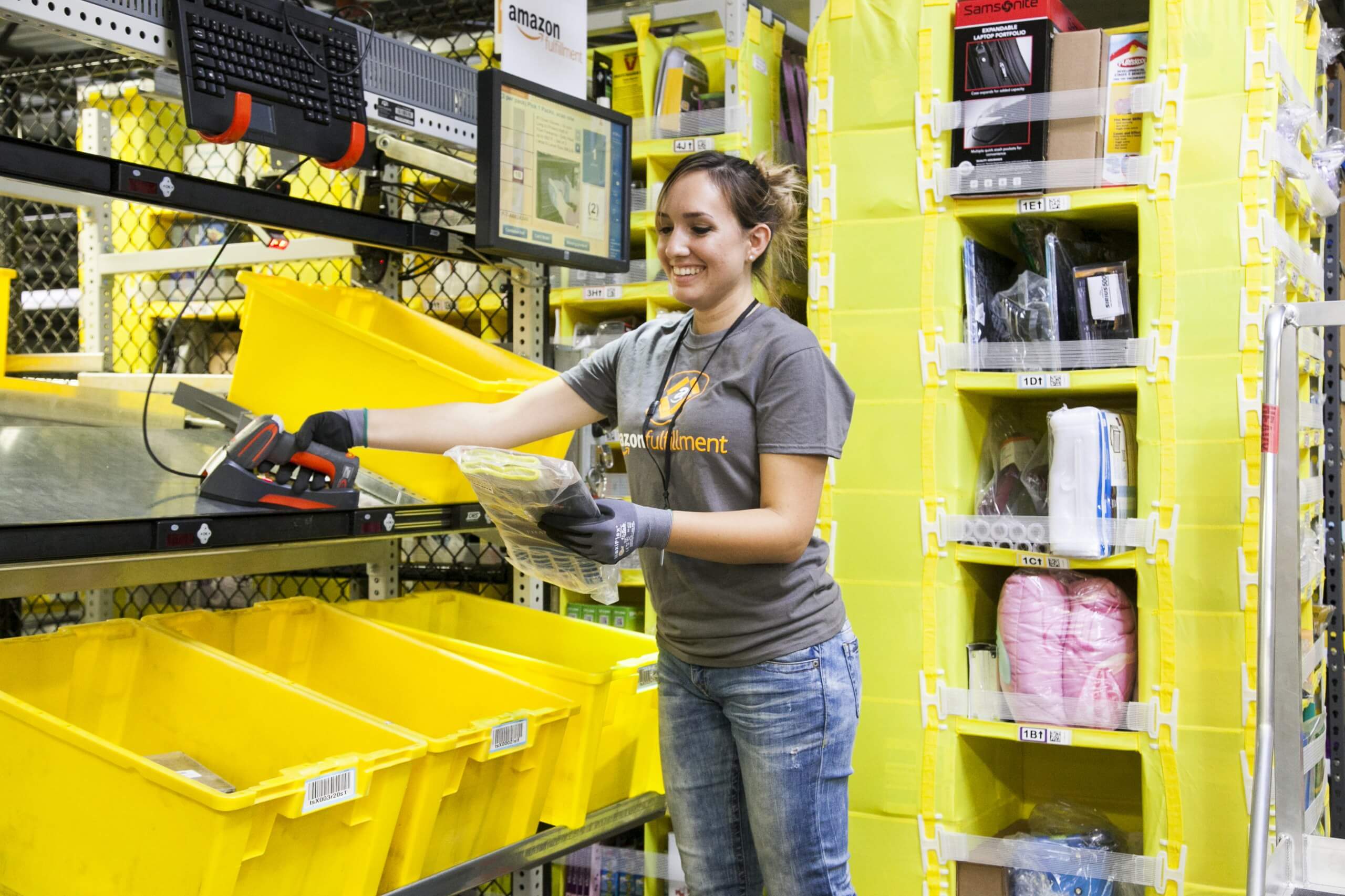The big picture: Amazon has an immensely popular 30-day return policy, which sees billions of dollars worth of almost-new products sent back to their warehouses every year. While Amazon repackages some products and sells them as "new" or resells them as "used," a substantial amount of product ends up being sold to massive liquidation sites who sell them in bulk for a fraction of the original price.
Liquidation.com is one of Amazon's main returns resellers, shipping $626.4 million worth of product last year contributing to a total of $7 billion throughout the company's lifetime. Their business model is to buy returned products from Amazon and other stores, put them in crates with 50 other products and sell them at 5-15% of the market value. Right now you could find a GTX 1070, X299 motherboard and 240mm AIO in a box of 49 products for just $120, for example.
Most of these products were sold on Amazon, probably for Christmas, and then returned because the customer didn't want them or they didn't work. Amazon most likely paid for them to be shipped back to their warehouse, where an employee considered how long it would take to determine if they are working and to repackage them. Being computer hardware, it can be quite time consuming to see if they perform as new, so they were put in the liquidation pile.
Amazon tries to sell their liquidized products as fast as possible to avoid paying for storage, so they let Liquidation.com buy them for just a couple of percent of what they were sold for a few weeks earlier. They were part of the $33.7 million Liquidation.com paid Amazon for their products last year. Liquidation.com then roughly categorizes the product, takes a photo and puts it in a box, then auctions the whole box off.
The majority of Liquidation.com's customers are other businesses that buy boxes in bulk, test the products and sell them. While this easy and theoretically high-margin work has attracted a lot of 'get rich quick' schemes and even made a pretty penny for some people when their YouTube unboxings go viral, the business is actually quite challenging.
Two Yahoo Finance reporters brought a box each and tried to sell the contents, and while one found some valuable cryptocurrency mining hardware, he didn't understand what it was. Ultimately both made a loss. Only about two-thirds of Amazon returned products find a new home, according to resellers. With estimates of over 20% of products being returned to Amazon, however, that adds up to billions of dollars.
